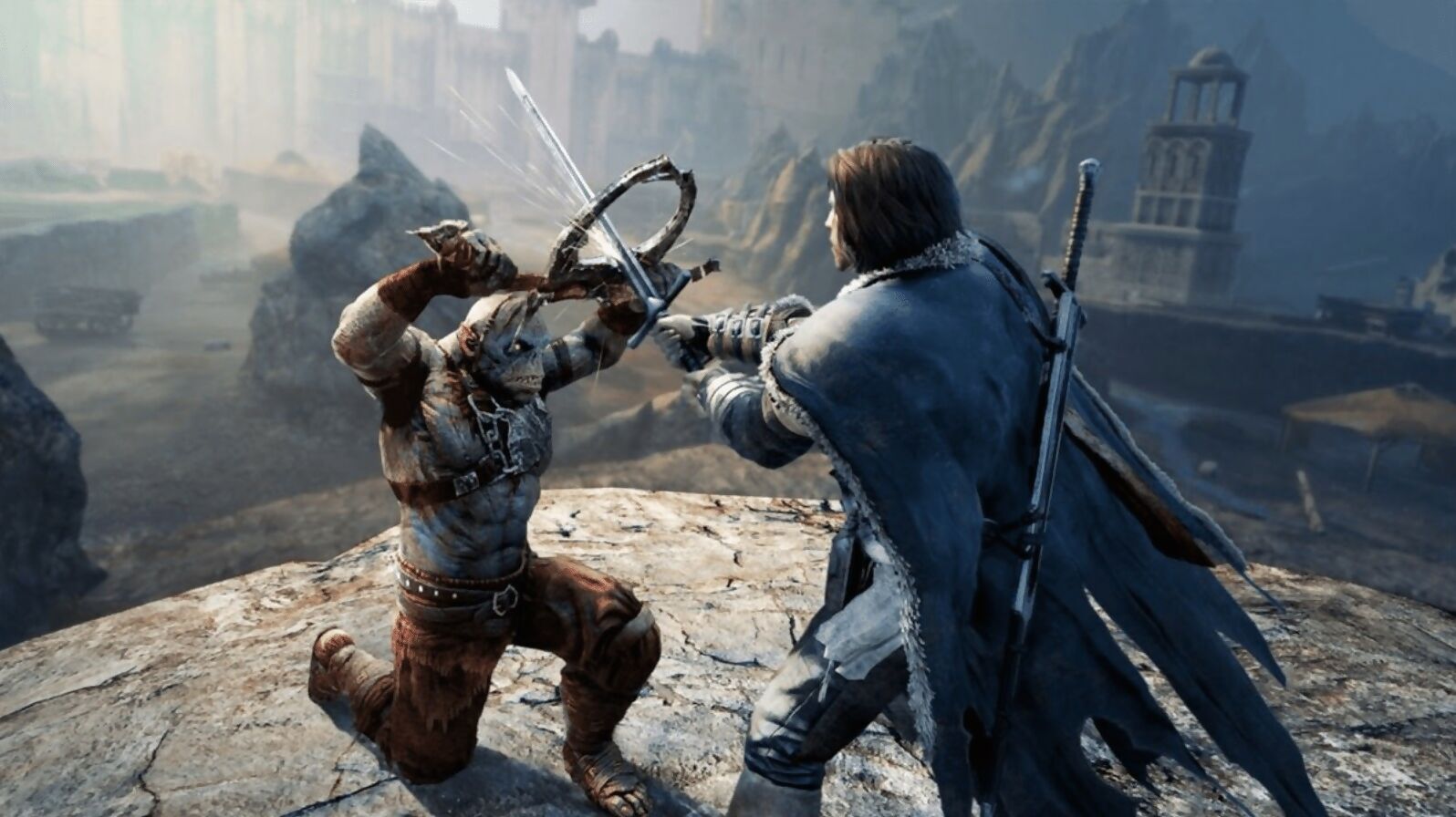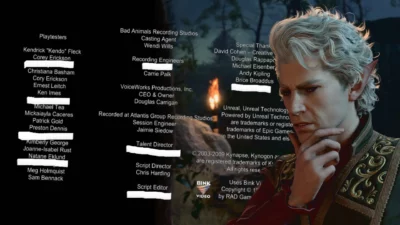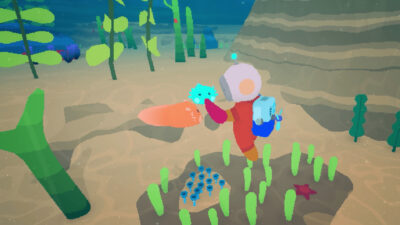
If ever there was a “killer feature” from the early PS4/Xbox One generation of consoles primed to change the way we think about open-world games forever, you’d struggle to find one with more promise than Shadow of Mordor’s Nemesis system. We say promise because, for the most part, it turned out to be a rather ingenious gameplay mechanic that went mostly untapped outside of Monolith’s Middle-earth-based 2014 game that introduced it. Other than its direct sequel, that is. Limited application aside, however, it says a lot that the act of being defeated by an enemy NPC (a foul-mouthed orc, no less), only to have them then rise up through the ranks and persistently taunt you until you can claim vengeance, still feels special nearly eight years on.
Prior to this point, games made it extremely easy to just endlessly slay foes and not consider the consequences of your callous actions should you fail. Rockstar’s blockbuster crime-’em-up, Grand Theft
Auto V, for instance – only released the year before – never once forced you to think about how many innocent bystanders you just shot up with your rifle or ran over with your car. Shadow of Mordor was the open-world game that finally gave such aggressive exploits meaning, threatening you with the potential of unending heckling and an even larger combat hurdle should you end up at the wrong end of a particular adversary’s blade.

It would have been enough to have the orc who defeated you claim a higher promotion within Sauron’s army, true, but Shadow of Mordor solidifies this deep rivalry even more so by having their attributes grow stronger. Because of this, it’s easy to remember their name, however procedurally generated sounding it just so happens to be. Dushrat of the Welts, Ushgol the Bloody, and Krakhorn Blood-Hand are just some examples of the creature titles Monolith’s game might spit out at you during a playthrough, setting player-character Talion out for a quest for revenge – no longer just for the death of his family, but the three times he’s tasted loss at the hands of the same NPC, too.
At its core, the Nemesis system is very chessboard-like in its setup. Behind every arrow shot, sword slash, and dagger stab you perform is an entire enemy hierarchy waiting to be affected. Every literal pawn in Sauron’s army you kill will be replaced by another (and another) as you progress through the game’s two relatively large maps. Eventually you – as Talion – come to understand that it’s impossible to rid Mordor of every orc. Instead, from that point, it’s more about ensuring that any Uruk and goblin underlings you come across stay in their lane, for fear of seeing them achieve lieutenant, or possibly even captain status, and therefore granting them boosted stats like burn resistance, stealth invulnerability, and so on. Randomised perks like these make each tougher to take down.

Enemies had been ranked in tiers in open-world games depending on their level of challenge before Shadow of Mordor, of course, but Monolith was able to make it more personal than ever before here. Say the way you died last time was by taking an arrow to the head, odds are the next time you meet the orc that killed you he’ll directly reference it. And not only that, but the camera is likely to swoop in WWE-style to ignite your anger further. With any luck, though, you would have gained more skills and combat abilities than before, freeing you up to claim payback. Just make sure you take note of your rival’s new-found strengths and weaknesses.
The Nemesis system was such a great technical solution for letting players create their own bespoke stories within a wide, authored experience that it really is a wonder we didn’t see it crop up elsewhere. Even Batman: Arkham Knight, another WB Interactive-published game, would have been a great candidate in which to build on the foundation first established by Shadow of Mordor only a year earlier. Especially since most of the Dark Knight’s villains in that game come complete with their own entourage of faceless (though appropriately themed) thugs.
Alas, it was in 2017’s Middle-earth: Shadow of War where players saw an expanded version. It introduced the concept of followers, where Talion could now brainwash defeated Uruk captains and have them join his own army. Suddenly, the personalised relationships you forged with opponents no longer felt like a second thought, and were instead pretty much essential if you wanted to stand any chance of conquering the sequel’s various fortresses. The revamped Nemesis system fed into these large-scale battles and ensured all your efforts leading up to that point had been worthwhile. Much like the orc warriors it regularly promotes, Monolith’s imaginative mechanic had now also finally levelled up.
Hot pursuit
The closest thing to the Nemesis system we’ve seen since the Middle-earth games is arguably the bounty system from Assassin’s Creed Odyssey. You’d be going about your day experiencing the luscious beauty of Ancient Greece, when out of nowhere you could be targeted by a passer-by mercenary wanting to claim the bounty on your back. It was a good addition that, in theory, made sense for this storied series. In reality, though, mercenaries would always come at you at the most inopportune times, like when you were trying to assassinate an important target or stealthily dispatch soldiers from a camp. Odyssey’s version also lacked the level of personality and charm seen in Shadow of Mordor’s orcs, so it’s easy to see why it was drastically overhauled to be less aggressive in the next Assassin’s Creed entry.
Monolith Productions / 2014 / PS3, PS4, Xb 360, Xbo, PC





